Weevil Beetles - Superfamily Curculionoidea
This page contains pictures and information about Weevil Beetles in superfamily Curculionoidea that we found in the Brisbane area, Queensland, Australia.
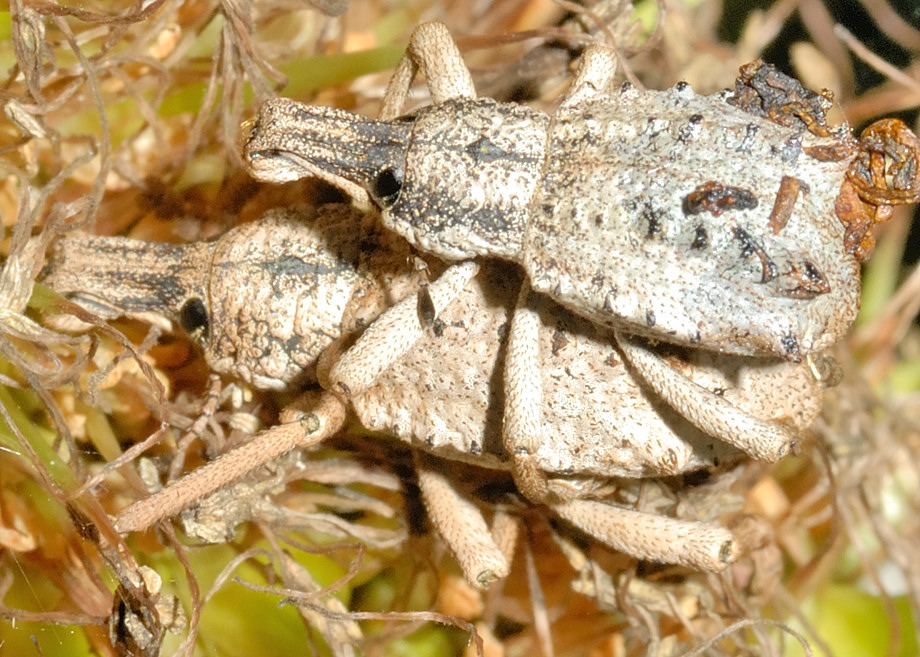
- Weevil couple
- Insects in this superfamily Curculionoidea are commonly called weevils. Adults have the elongation of the head to form a rostrum and modified and reduced mouth parts. They usually have a rigid body. Their antennae are always clubbed and most are elbowed. Generally the rostrum has elongated groove on each side for the reception of the antennae.
- Weevil larvae are usually legless grubs or with very minute legs. They have hard round head and often blind.
- Adults and larvae are plant feeders. They feed on vegetable parts includes wood, bark, shoots, buds, leaves and roots, some are on grain and stored vegetable products.
Classification :
- Family BELIDAE - Belid Weevils
- This is a small family very close related with the true weevil. Their antenna is straight, not elbowed and not
clubbed. Their body is elongated and in cylindrical form. Likes the true
weevils, their rostrum is usually very long. Adults and larvae are feed on
plants. Their larvae are known to bore into stems and branches.
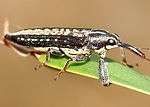
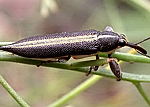

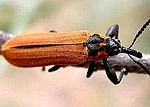
- Family ATTELABIDAE - Leaf-rolling weevils
- This family very close to the true weevil family CURCULIONIDAE. Usually they have short rostrum and straight antennae.
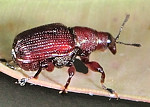
- Family BRENTIDAE - Straight-snouted Weevils
- Species in this family are small and often black in colour. They have round abdomen and narrow rostrum, like the true weevil. Their antenna are not elbowed which distinguishes them from true weevil.
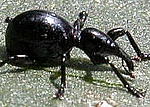

- Family CURCULIONIDAE - True Weevils
Weevil adults characterized by the elongation of the front part of their head and mouths. Their antennae usually elbowed and clubbed. They usually have rigid bodies less than 10mm, although the largest can be up to 60mm. All of them are plant feeders. 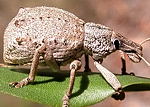
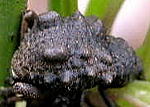
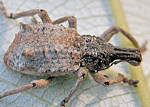
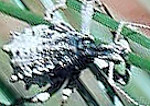
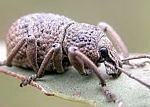
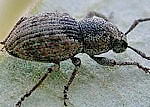
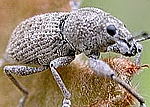
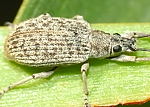
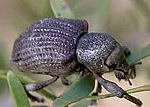

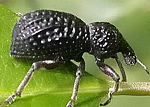
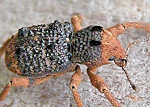
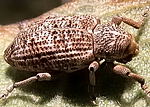
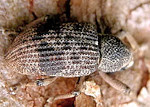

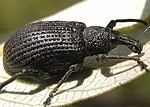
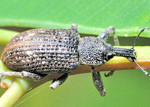

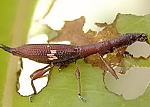
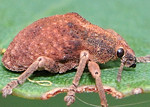

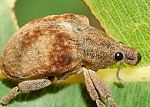

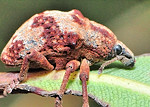


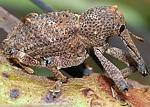

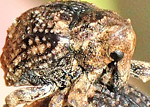

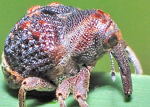
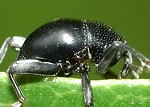

- These pictures of the beetles show just how uniquely beautiful they can be. To some it might inspire taking a few business loans from RapidAdvance to start a nature reserve. Or on a more simplistic level you would use the business loans to purchase a camera in attempts to be published in National Geographic.
- Reference:
- 1. Insects of Australia, CSIRO, Division of Entomology, Melbourne University Press, 2nd Edition 1991, p 678.
- 2. Insects of Australia and New Zealand - R. J. Tillyard, Angus & Robertson, Ltd, Sydney, 1926, p237.
- 3. Northern Territory Insects, A Comprehensive Guide CD - Graham Brown, 2009.
- 4. A Guide to the Beetles of Australia - George Hangay and Paul Zborowski, CSIRO PUBLISHING April 2010.
- 1. Insects of Australia, CSIRO, Division of Entomology, Melbourne University Press, 2nd Edition 1991, p 678.
